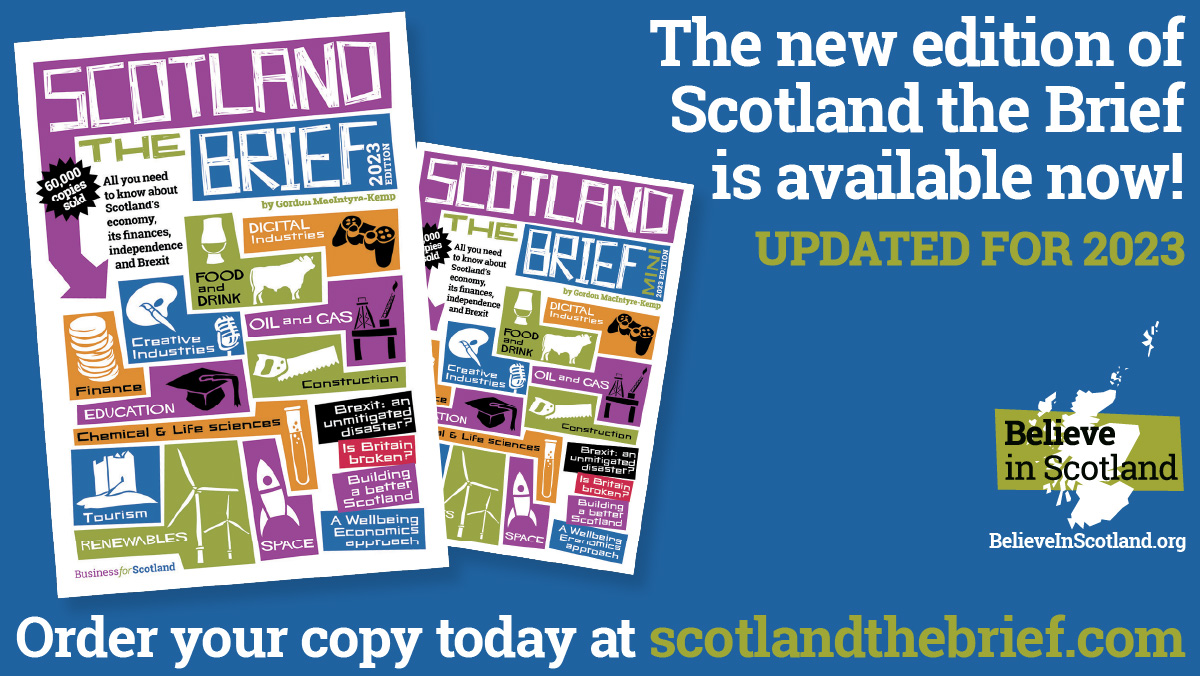In April this year, the Scottish Government published a consultation paper titled ‘Local living and 20 minute neighbourhoods’. The paper lays out the Scottish Government’s plans to introduce ‘20 minute neighbourhoods’ in an effort to increase access to services, reduce carbon emissions, rejuvenate local economies and improve physical and mental wellbeing.
‘20 minute neighbourhoods’ extend from a similar concept in urban planning called ‘15 minute cities’ developed by Professor Carlos Moreno. The concept aims to create communities where people have access to all of their day-to-day needs within a 15 minute walk or cycle from their home. This is an idea which itself relates back to urban planning done by Clarence Perry in the 1920s, who introduced a vision for self contained neighbourhoods units within large industrial cities in the United States.
The ‘20 minute neighbourhoods’ proposed by the Scottish Government aim to ‘create places where people can meet the majority of their daily needs within a reasonable distance from home by walking, wheeling or cycling’.
Plans are already underway in Paris, France and in Portland, USA to incorporate the idea of ‘15 minute cities’ into their city planning.
Aspects of the 20 minute neighbourhood
If the Scottish Government is to successfully implement ‘20 minute neighbourhoods’, the correct ground work and infrastructure must be in place.
Movement:
‘20 minute neighbourhoods’ depend upon easy access to carbon free forms of movement; this means making it easier for people to walk or cycle to their destinations. To do this we must promote strategic cycle routes, footpaths, pavements and active travel networks. There will still be the need to travel further afield for amenities and services not offered close at hand and allowances must be made for that type of travel. However, the goal would be to have all day-to-day needs met through carbon free travel.
For longer journeys there must be a reliable and relatively inexpensive public transportation system. This will allow for interconnectivity between towns and cities and the older or disabled to travel more easily.
The third aspect of movement will be the implementation of policies to discourage vehicle use for short journeys or journeys within cities. This will involve reducing the number of available parking spaces in city centres and redesigning the architecture of our urban areas to put the priority of the pedestrian first.
Services and the Local Economy:
Designing a neighbourhood where your day-to-day needs can be met within 20 minutes of travel means many neighbourhoods may require significant overhaul to allow people access to the amenities they need.
‘20 minute neighbourhoods’ aim to create spaces where people can access public services such as: education, health facilities, social care, waste and recycling centres. However, if these neighbourhoods are to be truly liveable they must include good quality housing, an active local economy and places of work for residents. People must feel that they can live, travel to and from work, access goods and services and any public services within their local community. In these spaces, local employment will be encouraged, meaning areas will see increased investment to promote new enterprises and community wealth building. There will also be a focus on the regeneration of derelict land and brownspaces into more productive areas.
Promoting more local businesses will also encourage people to source their goods and services closer to home. This has the added benefit of reducing the carbon footprint of many of the goods and services we use daily, picture buying more locally sourced fruit and veg from a local garden instead of more carbon intensive imported foods.
The focus on active types of travel and on converting our local areas into thriving economies where people feel a sense of belonging to their community through local enterprise will enhance our physical and mental wellbeing, reduce our carbon emissions and drive community engagement.
Rural Communities
Scotland has many rural and remote communities for which the idea of creating ‘20 minute neighbourhoods’ would be unrealistic. However, the 20 minute time frame is not an absolute limit against which to measure the policy, it is about creating a culture of local living and creating sustainable and thriving communities. Living locally and having a sense of community are things those in Scotland’s rural and remote areas know only too well.
The focus for these communities then, would be on how these policies can help them to access public services and employment opportunities more easily, whether that be through creating better transport links or more investment in the enterprises of rural hubs to increase employment and wellbeing in the area. Where possible, the policy would still attempt to promote the use of sustainable transport, as much as can be reasonably expected in these areas, to promote greater physical and mental wellbeing.
20 minute cities around the world
Paris, France:
The mayor of Paris, Anne Hidalgo won her re-election campaign on the back of her programme la Ville Du Quart d’Heure (the quarter-hour city). The programme aims to make the city a happier and healthier place by reducing emissions and focusing on walking and cycling. Hidalgo has already spent €350 million to put a cycle lane in every street in the region and remove over 60,000 parking spaces for private cars by 2024.
Out of the programme came the successful transformation of an old parking lot in the Minimes barracks into a new public garden. The surrounding buildings were then renovated into 70 public housing apartments. The apartment complexes include commercial spaces such as offices, childcare facilities, a clinic and a cafe.
Portland, USA:
In 2009, only 6% of the population of Portland were living in areas with a substantial presence of one of the three ‘20 minute neighbourhood’ factors: density, distance and destinations. As part of its Climate Action Strategy, the city plans to increase this to 90% by 2030. The city plans to continue prioritising improvements for pedestrians by building sidewalks and pathways, in addition to removing in the medium to long term barriers to walking such as steep slopes, freeways and difficult street connections. The city is also working towards reversing the exclusionary zoning practices of the past by building more types of houses in the same locality and through better spatial planning.
Conclusion
Implementing ‘20 minute neighbourhoods’ across Scotland is an ambitious task. However, if planned and executed correctly the payoff will be well worth the effort. Revolutionising our town and city planning system to make it possible for residents to access all their day-to-day needs in a 20 minute journey by walking or cycling will have profound benefits on our physical and mental wellbeing. It has the potential to revive our local economies; promote community based enterprise; reduce inequality and strengthen the interconnectedness of neighbourhoods.
However, especially in Scotland, where 17% of the population live in rural areas, we must be mindful of the geographical context of this policy and ensure that its implementation and benefits extend to those outside of towns and cities. Cities around the world are experimenting with ways to increase their citizens’ wellbeing. Scotland should aim to make itself a world leader by enacting ‘20 minute neighbourhoods’ nationwide.








